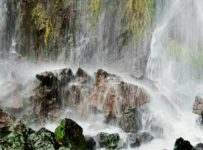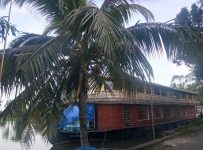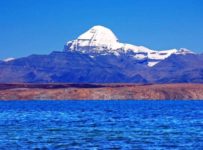
The children’s summer holidays were coming to an end and we were wondering how we could wrap it up in a nice eventful way. A short trip maybe? But it was raining quite heavily and Guwahati does tend to get difficult to venture out in such conditions.It was a Sunday, when the Sun, for a while, peeped out of the clouds. Throwing all caution to the winds, we decided to head out of the city. But just as I was getting into the car there was a huge downpour. What the heck! lets just make the best of it. As we moved out of the city, the weather slowly improved . But on the way we could see that the previous night’s downpour left a lot of destruction.The strong winds and torrential rain, uprooted trees, snapped out electric wires and much more.We traveled on with our fingers crossed.

But where we heading? I had selected a place about 132 kms northwest of Guwahati called “Surya Pahar”, a relatively unknown archeological site in Assam, a beautiful state in the Hubby was quite game for it(for a change)especially since the place had a long history which was unknown to us. After a long journey and bad roads we reached our destination.But I must add that the scenery along the way was breath taking. The greenery, clear blue sky(the rains had left by then)clean environment more than compensated the time taken to reach Surya Pahar.
Historical Relevance:

(The Surya Temple)
It is believed that Sage Vyasa (some say its Lord Brahma, the God of creation, in Hindu mythology) wanted to build a second Kashi(a religious city,which is believed to be the oldest city, on the banks of the Ganga, in north India).” To replicate this city, he built the Surya Pahar.”Pahar” in Assamese/Hindi means hills and therefore this archeological marvel is spread over a hilly terrain. The term Surya Pahar translates to” Hill of the Sun”, indicating that citizens of the region were worshippers of the Sun God. It is believed that Sage Vyasa engraved 99999 shivalings here. It is amazing to see various sizes of Shiva lingas dotting the hills.
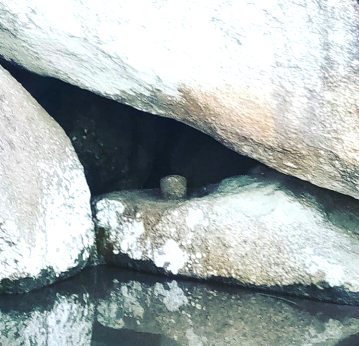
(A Shivalinga between the rocks)
After visiting the museum on the way to the hill, we decided to explore.It took us more than two hours to cover the vast area. Luckily we got a good and knowledgeable guide who was also the priest of the temple there.From the ruins we could gather that it must have once been a flourishing city that met its dystopic end. From the accounts of Huen Tsang, it was the Surya Pahar that was the capital of the ancient land of Pragjyotishpur(Assam). It is believed(the priest told us) that below the the ruins of the ancient city there are vast areas of jewellery and other valuables.
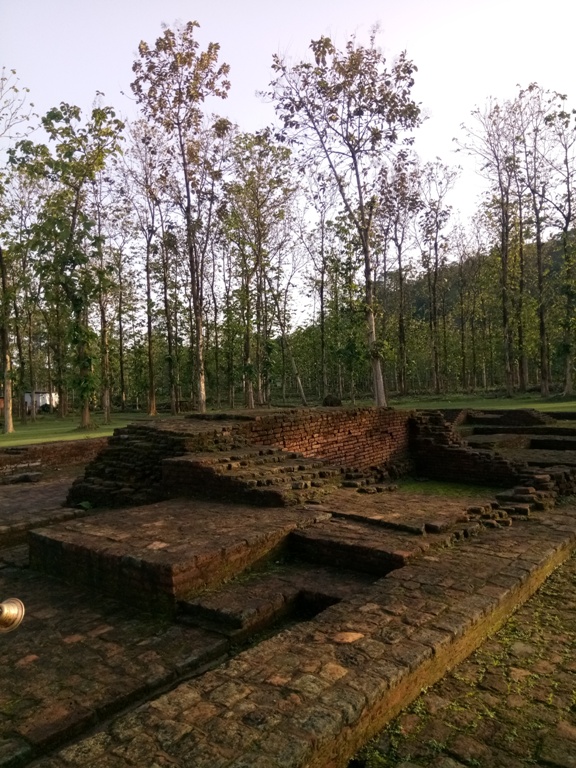
(Remains of an ancient city)
Situated close to the banks of the mighty river Brahmaputra,it was a major trading city, bringing in traders with their goods and wealth from across the country. The waterway close by could have also resulted in the amalgamation of three religions , Hinduism,Jainism and Buddhism bringing here the masters and spiritual leaders of these three faiths .The presence of stupas( around 25) of and deities of Hinduism and Jainism testify their influence here.

( The Stone Slab with 12 Adityas )
The discovery by archeologists of a stone slab, curved in a circular form having images of twelve Adityas and Lord Ganesha in the center indicate that the people here worshipped the Sun God . This carving is now placed in the Sun temple, where we offered our prayers. In one corner of the vast hilly area is a natural cavern which the children entered with much curiousity. The presence of figures and texts on the walls here, indicate the influence of Jainism.We could also see the remains of Buddhist stupas and Monestries on the eastern slope of the Surya Pahar.Besides, these there several rock cut sculptures of the Hindu Gods like Vishnu, Ganesha, and the Pandavas, not to mention the innumerable Shivalingas. The priest told us that there are about thirty three crore sculptures of gods and goddesses of the Hindu faith carved out on the rocks here.In one of the temples, there is a fire burning from ancient times. Goddess Lakshmi had performed a ritual here and since then the fire has been kept burning.
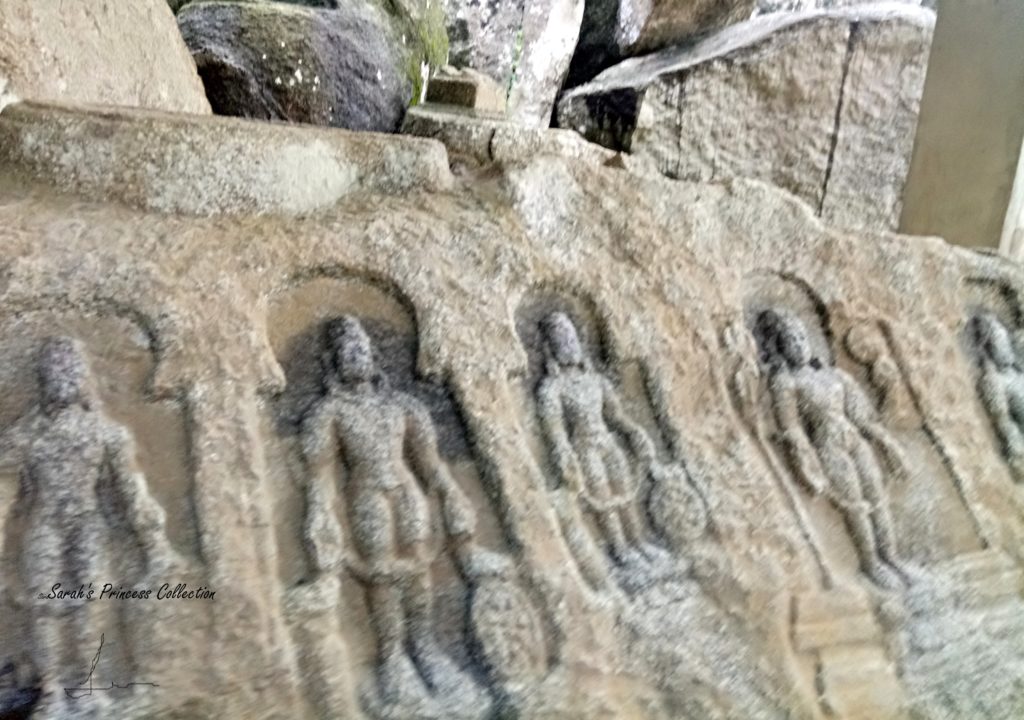
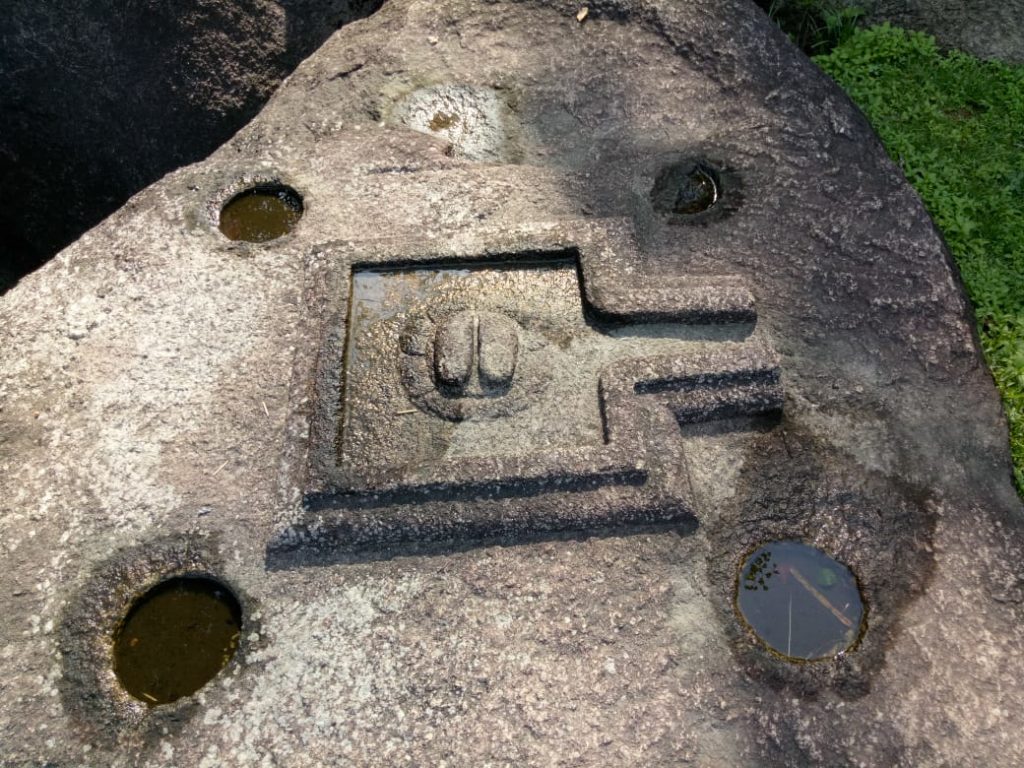
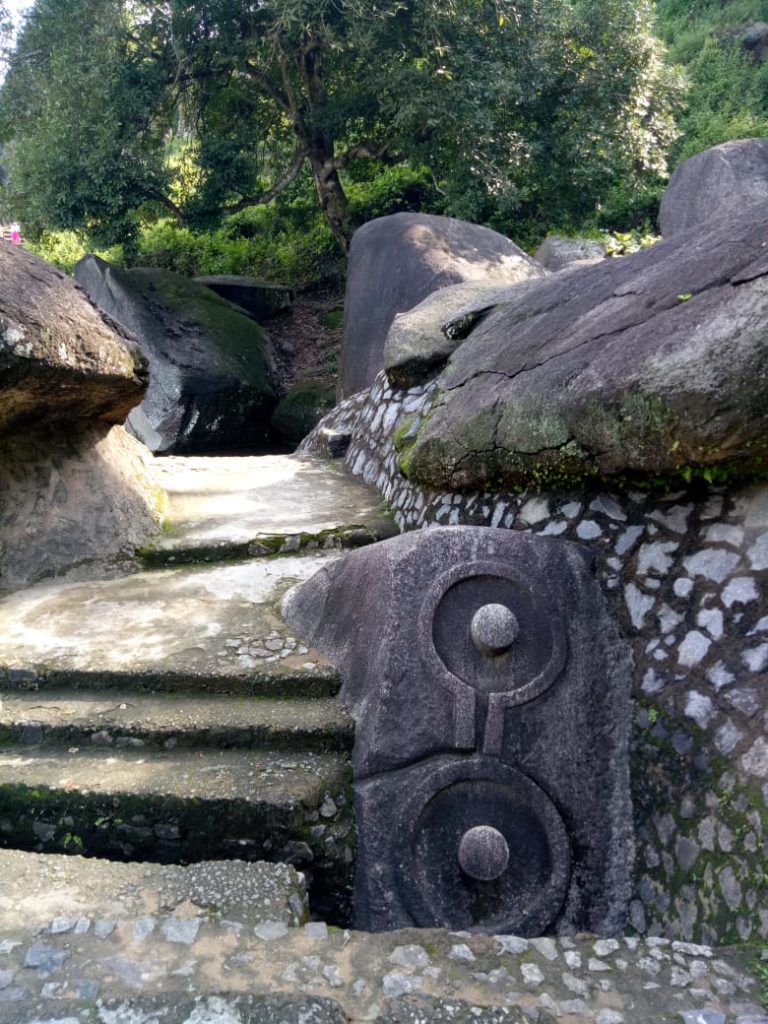
After venturing from one hill to another the priest took us to a small cave . Here he gave us water from an underground stream that flows below the opening on the floor of the cave. It is believed to be the river Ganga. The water was cold and refreshing that we felt rejuvenated enough to climb another few hills. And climb we did, to see the ancient ruins of a city that flourished at one time.

Surya Pahar is an important but less known historical site. It is a cultural heritage of Assam and I am more than glad that I took Sarah and Shon to this historical marvel. And it was just the right place for a day trip (and an end to a short holiday) that made Sarah more than happy. For once she felt her day was well spent(trekking in a way and the innumerable tales of the ancient civilisation). And we had “Surya” the Sun God to thank also, for he beamed down brightly at us and washed away the rain making it a pleasant and sunny day for us!
Till the next time the travel bug bites and I have tales to share…. see you!!
For your holidays try Me Tripping …


